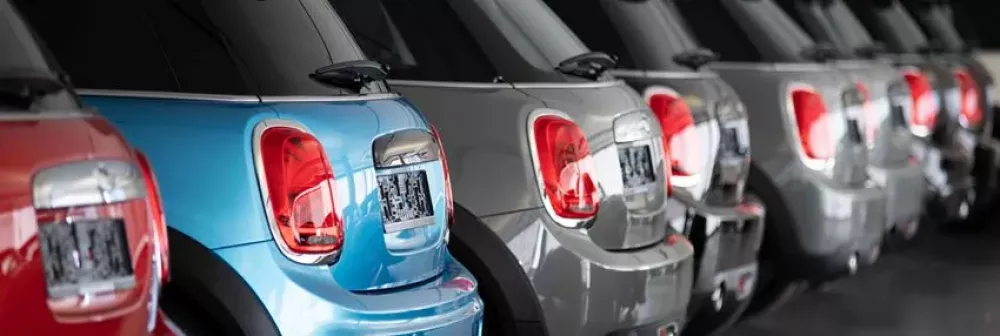
The Euro 6/VI vehicle emission standard, which has been in force since September 2015, defines the maximum emission levels for all new petrol and diesel cars and commercial vehicles sold in the European Union. The European Commission (EC) is preparing the next stage of approval requirements for vehicle emissions, which will be known as Euro 7/VII.
Saskia Harreman
Head of Knowledge Centre
Part of this preparatory work involves giving citizens and stakeholders – including fleet operators – the opportunity to provide their input for the new standard. In this blog, we look at what the Euro 7/VII could mean for fleet owners and how you can have your say in the development of the new standard.
Strict limits on mass produced vehicles
In the EU, cars and commercial vehicles are subject to strict limits on emissions, both from exhausts and other sources, such as the vehicle’s fuelling system. All new mass-produced vehicles sold since September 2015 are currently required to meet the emission levels stipulated in Euro 6/VI. This standard is aimed at reducing levels of harmful car and van tailpipe emissions including nitrogen oxide (NOx) (i), carbon monoxide (CO), hydrocarbons (THC and NMHC) and particulate matter (PM)(ii).
European Green Deal
Going forward, further, stricter vehicle emission legislation is expected.
For example, the EC has recently announced the European Green Deal, a growth strategy for fostering the transition to a climate-neutral, resource-efficient, competitive and zero-pollution economy in Europe. One aspect of that strategy is that, to accelerate the shift to sustainable and smart mobility, transport should become considerably less polluting, especially in cities. The current Euro 6/VI emission standards framework for cars, vans, lorries and buses is therefore being reviewed, and the EC has now started the regulatory work in preparation for its follow-up, the new Euro 7/VII standard.
Part of this preparatory work entails offering the wider community the opportunity to have a say in both the evaluation of the Euro 6/VI standard and the appropriate type approval requirements for the next standard. The purpose of this public consultation is to collect factual information, views, opinions and experiences from a broad range of stakeholders and citizens – not only consumer organisations and environmental NGOs, but also representatives of the automotive industry including fleet operators. The EC hopes to gain valuable insights into the implementation of the current Euro 6/VI emission standards and potential policy options regarding a post-Euro 6/VI initiative.
What could the new Euro 7/VII mean for fleet owners?
By updating the vehicle emission regulations, the EC aims to ensure that vehicles on EU roads remain ‘clean’ (in terms of pollution) throughout their lifetime. The proposed new rules are likely to consider the latest vehicle technologies and the possibility to measure and monitor emissions in real time. The new standard will have to be adopted by all manufacturers of new mass-produced cars and commercial vehicles, although the future implementation date has not yet been announced. As soon as the implementation date is known, fleet operators will need to start aligning their upcoming vehicle renewals with the release of the new standard, and company car policies will have to be adjusted to encompass the new requirements. Additionally, it will be important to closely monitor how any changes in the regulations affect Low Emission Zones/Ultra Low Emission Zones (LEZ/ULEZ), since new emission limits may mean that more vehicle types are restricted from accessing city centres. This could have further consequences for lease drivers and the composition of fleets.
Have your say
Have your say in a greener world by participating in the public consultation for the Euro 7/VII standard. The questionnaire closes on 9 November 2020. After the public consultation process, the EC will work on a final proposal for the Euro 7/ VII involving the national parliaments of all EU countries. The adoption of the new standard is scheduled for approximately a year from now, in the fourth quarter of 2021.
Background & sources
The Euro standards for vehicle emissions were first introduced in 1991 with ‘Euro 1’ for passenger cars (symbolised with Arabic numerals) and in 1992 with ‘Euro I’ for commercial vehicles (symbolised with Roman numerals). Euro 6/VI currently applies for all new mass-produced cars sold since September 2015.
(i) NOx is a harmful pollutant that is often blamed for damaging the environment, and has also been proven to have serious health implications.
(ii) Particulate matter – most commonly associated with soot from diesel vehicles – is a local pollutant that has also been linked to health and respiratory problems.



